Streamlining Mental Health Documentation Through Collaboration and Innovation
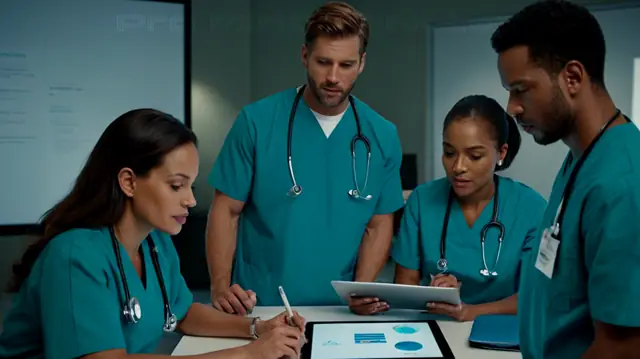
In the ever-evolving world of mental health care, effective documentation is crucial for providing quality patient care and maintaining accurate records. Concurrent documentation is a method that has gained popularity in recent years as a means to streamline this process. Simply put, concurrent documentation refers to the act of creating and updating patient files simultaneously by multiple healthcare professionals working together as a team.
In this article, we will delve into the concept of concurrent documentation and explore how it can be used to improve mental health care practice. We will examine the benefits of collaborative documentation, including increased accountability and improved communication among healthcare providers. Additionally, we will discuss some of the challenges that may arise when implementing concurrent documentation and offer suggestions on how to overcome these obstacles.
Through a combination of real-life examples and best practices, this article aims to provide mental health professionals with the knowledge and tools necessary to successfully integrate concurrent documentation into their daily practice. By adopting this innovative approach, healthcare providers can provide more comprehensive and personalized care for their patients while also reducing administrative burdens.
- The importance of accurate mental health documentation
- Current challenges in documenting mental health care
- Collaborative documentation: a solution for streamlining
- Benefits of collaborative documentation
- Joint notes creation and asynchronous collaboration
- Clear indication of contributor and approval process
- Comprehensive documentation covering diagnosis, treatment, and client responses
- Conclusion
- Video about Streamlining Mental Health Documentation Through Collaboration and Innovation
The importance of accurate mental health documentation
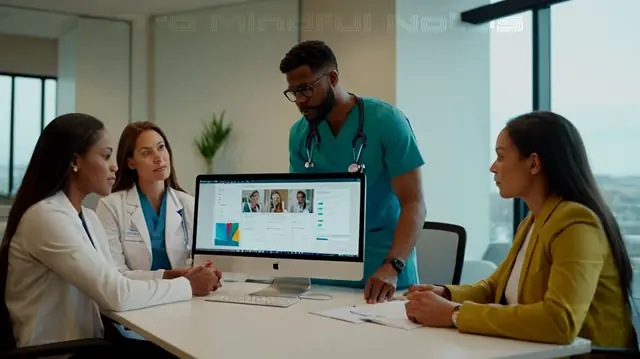
Accurate mental health documentation is crucial for providing quality care to clients. It not only helps clinicians keep track of treatment progress, but also facilitates communication among healthcare providers and ensures continuity of care. One effective approach to achieving this is concurrent documentation, where multiple practitioners contribute to a single client's record at the same time. This method promotes collaboration, reduces duplication of effort, and enhances the overall treatment experience.
When mental health professionals accurately document their sessions, assessments, and progress notes, it enables them to better track client responses to interventions, identify patterns, and make informed decisions about future treatment plans. Additionally, what is concurrent documentation provides a clear record of the therapeutic process, which can be invaluable in situations where clients may need to transfer care or require additional support.
Accurate mental health documentation also has legal implications. It serves as evidence in case of disputes or lawsuits, and demonstrates a commitment to providing quality care that meets professional standards. By streamlining documentation through concurrent documentation and other innovative approaches, mental health professionals can focus on delivering the best possible outcomes for their clients while minimizing administrative burdens.
Current challenges in documenting mental health care
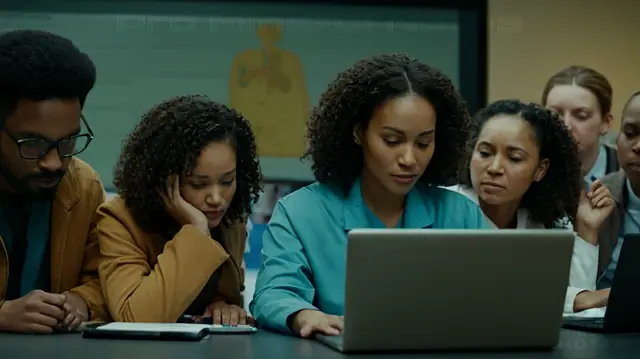
The process of documenting mental health care can be tedious, time-consuming, and often disjointed, leading to inefficiencies and poor patient outcomes. One major challenge is concurrent documentation, where multiple practitioners are responsible for recording patient information, which can lead to inconsistent reporting and a lack of coordination.
Another hurdle is the sheer volume of data required to provide comprehensive care. Mental health professionals must document everything from patient symptoms and treatment plans to medication regimens and therapy sessions. This demands a significant amount of time and resources, taking away from actual patient care. Moreover, traditional documentation methods can be cumbersome and prone to errors, further exacerbating the issue.
Furthermore, mental health care is often delivered in a fragmented manner, with patients seeing multiple providers and receiving various treatments. As a result, integrating documentation across different settings and providers becomes increasingly complex. In this context, what is concurrent documentation? Concurrent documentation refers to the process of multiple practitioners documenting patient information simultaneously, enabling real-time sharing and coordination of care. Implementing this approach requires innovative solutions, such as electronic health record (EHR) systems, and fostering a culture of collaboration among providers.
Collaborative documentation: a solution for streamlining

In an effort to streamline mental health documentation, practitioners are turning to collaborative approaches that bring together multiple professionals under one umbrella. One such method is concurrent documentation, where multiple therapists and other healthcare professionals work together to create a comprehensive record of a patient's care. This approach not only ensures consistency but also reduces repetition for the client, promoting a more cohesive treatment plan.
What is concurrent documentation, you may ask? In essence, it's a collaborative note-taking process that takes place during or immediately after joint therapy sessions. By having all parties involved in the patient's care contribute to the documentation process, practitioners can ensure that everyone is on the same page. This not only streamlines the documentation process but also helps prevent errors and miscommunication.
The benefits of concurrent documentation are numerous. For one, it promotes accountability among professionals, ensuring that each therapist or healthcare provider takes responsibility for their contributions. It also fosters a sense of teamwork, as all parties work together to create a comprehensive record of the patient's care. By streamlining the documentation process through collaborative approaches like concurrent documentation, mental health practitioners can focus on what matters most – providing high-quality, effective treatment to their patients.
Benefits of collaborative documentation
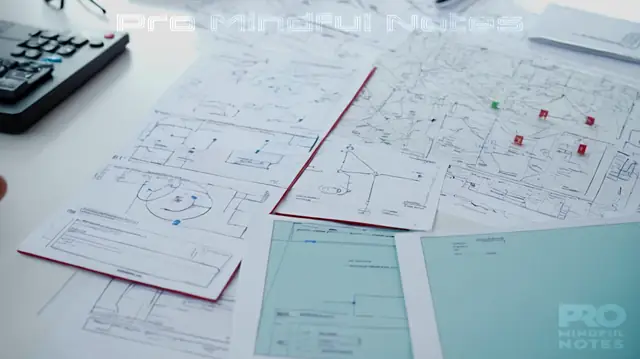
Collaborative documentation, also known as concurrent documentation, offers numerous benefits for mental health practitioners and their clients. One significant advantage is increased accountability among professionals involved in a client's care. By working together to document treatment progress, therapists, psychiatrists, social workers, and other specialists can ensure that all aspects of a patient's care are considered and recorded. This promotes a more comprehensive understanding of the client's needs and fosters better communication among healthcare providers.
Another benefit of collaborative documentation is its ability to reduce errors and inconsistencies in patient records. When multiple professionals contribute to a single document, it is less likely that conflicting information or inaccuracies will appear. Concurrent documentation also facilitates seamless transitions between treatment settings or providers, as all relevant information is readily available. This can be particularly important for patients with complex mental health needs who may require care from multiple specialists.
Finally, collaborative documentation encourages a more holistic approach to mental healthcare. By sharing knowledge and insights among team members, practitioners can gain a deeper understanding of their client's experiences and develop more effective treatment plans. Concurrent documentation also enables the identification of potential issues or concerns earlier in the treatment process, allowing for prompt intervention and improved outcomes.
Joint notes creation and asynchronous collaboration
In mental health counseling, joint notes creation has emerged as a powerful tool for streamlining documentation processes. This approach involves multiple practitioners working together to create a single progress note, typically after a joint session or through asynchronous communication. By collaborating in this way, clinicians can ensure that their individual observations and insights are captured in a comprehensive and cohesive manner.
Concurrent documentation, also known as joint notes creation, allows for real-time collaboration and eliminates the need for multiple practitioners to document identical information. This not only saves time but also reduces the risk of errors or inconsistencies creeping into client records. By working together, clinicians can ensure that their notes reflect a shared understanding of the client's needs and progress, promoting more effective treatment planning.
Asynchronous collaboration is particularly useful when practitioners are geographically dispersed or have conflicting schedules. In these situations, clinicians can share information electronically and then review and approve each other's contributions at a later time. This approach not only fosters greater communication but also provides a comprehensive record of client interactions that can be accessed by multiple professionals.
Clear indication of contributor and approval process
In collaborative mental health documentation, it is essential to have a clear indication of who contributed what information and when they did so. This not only promotes accountability among professionals but also helps ensure that client's records are accurate and comprehensive. Concurrent documentation, which involves multiple practitioners creating notes simultaneously or asynchronously after separate sessions, can be particularly useful in this regard. By clearly indicating the contributor(s) of each note, therapists and other mental health professionals can avoid confusion and ambiguity.
To streamline this process, many mental health organizations employ digital solutions that allow for easy tracking of contributor information. These systems enable users to assign specific roles or permissions to team members, ensuring that only authorized personnel have access to modify or view sensitive client data. Additionally, they provide a paper trail of sorts by keeping a record of every modification made to a document, along with the user who made it and the timestamp. This level of transparency helps prevent errors, disputes, or allegations of negligence.
In terms of approval processes, collaborative mental health documentation typically involves multiple practitioners reviewing and endorsing each other's notes before finalizing the document. Automated workflow tools can facilitate this process by sending notifications to relevant team members when it is time for them to review and approve a specific note or section. These tools also enable users to set custom approval workflows based on their organization's specific needs and protocols. By streamlining these processes, mental health professionals can focus more attention on providing quality care rather than getting bogged down in administrative tasks.
Comprehensive documentation covering diagnosis, treatment, and client responses
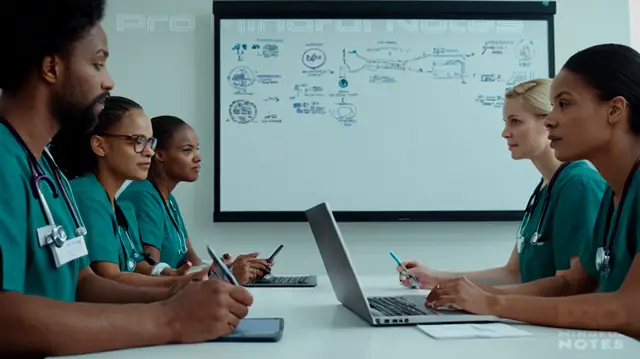
When it comes to mental health care, accurate and thorough documentation is essential for effective treatment planning, patient care, and billing purposes. Comprehensive documentation ensures that all aspects of a patient's care are accounted for, including diagnosis, treatment strategies, and client responses to those interventions. What is concurrent documentation, for instance, refers to the process of documenting patient interactions and progress in real-time, allowing therapists to quickly identify trends, patterns, and areas requiring attention.
Incorporating comprehensive documentation into mental health practice requires a deliberate effort to gather information on various aspects of patient care. This includes recording client symptoms, medical history, and treatment goals, as well as observations and insights gained during sessions. By incorporating comprehensive documentation into daily practice, therapists can create a rich tapestry of information that enables informed decision-making and more effective treatment outcomes.
To streamline mental health documentation, practitioners may consider implementing electronic health records (EHRs) or other digital tools that facilitate seamless data entry and retrieval. Furthermore, collaboration among healthcare professionals can help ensure that all relevant information is captured and that concurrent documentation becomes an integral part of patient care. By prioritizing comprehensive documentation, mental health professionals can deliver more personalized, effective, and evidence-based care to their clients.
Conclusion
The integration of collaborative documentation in mental health care has revolutionized the way professionals work together to provide comprehensive client care. By adopting innovative approaches such as concurrent documentation, therapists, psychiatrists, and other healthcare providers can streamline their efforts to ensure accurate and detailed records.
As the demand for quality mental health services continues to grow, it is essential that practitioners adapt to new trends and technologies. The benefits of collaborative documentation far outweigh the challenges, offering a more efficient and effective way to document client progress. This approach also fosters greater coordination among healthcare professionals, leading to improved patient outcomes and enhanced overall care.
In conclusion, concurrent documentation has become an integral part of mental health documentation, allowing for seamless information sharing and real-time updates. By embracing this collaborative approach, professionals can provide more comprehensive care while reducing the administrative burden associated with traditional documentation methods. As the field of mental health continues to evolve, it is crucial that practitioners remain open to innovative solutions like concurrent documentation, ultimately leading to better patient outcomes and improved healthcare delivery.
Video about Streamlining Mental Health Documentation Through Collaboration and Innovation
Leave a Reply


Related Posts